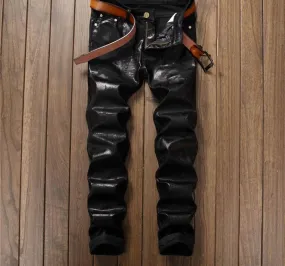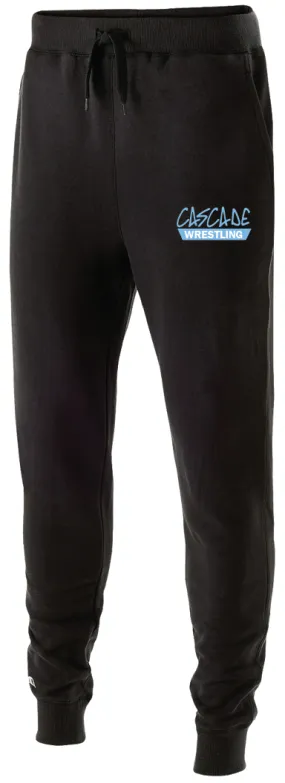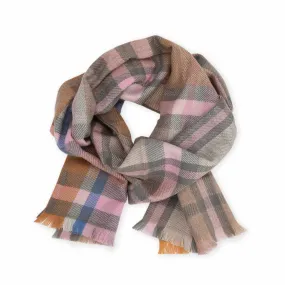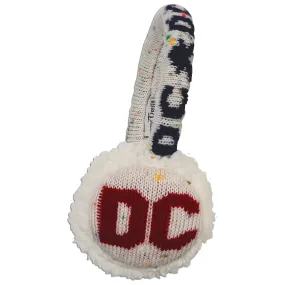Original Item: Only One Available. Excellent genuine World War II model 1926 French Army Adrian helmet. The helmet retains the original olive green paint and is complete with a genuine originally applied Colonial Navy Anchor emblem badge. It has the correct four "bars" on the top of the anchor, and we can see no evidence that the badge was messed with in any way. Colonial issue helmets are some of the hardest to find on the collector's market as very few returned from the areas they were issued.
Size is approximately US 7 (56cm). Features a wonderful complete original black finished leather liner in excellent condition with a grained natural leather chinstrap. Overall condition of the helmet is very good, shell shows some paint loss, scratches and minor surface rust consistent with age.
A very nice example with a great look, totally unmessed with and ready to display!
In 1926 the Adrian helmet was modified by being constructed of stronger steel and simplified by having the main part of the helmet stamped from one piece of metal, and therefore without the joining rim around the helmet that characterizes the M15. The large ventilation hole under the comb, which had been a weak point of the old design, was also replaced with a series of small holes. The M26 helmet continued in use with the French Army until after World War II, and was also used by the French police up to the 1970s.
During the interwar period Belgium began to produce their own domestically made M26 Adrians and exported them around the globe. These helmets can be distinguished from their French counterparts, because they have a slightly different comb and a wider rim. In other countries the Adrian-type helmets were also in use with the fire-fighting units, railway guards or marine infantry (e.g. Japan's SNLF). Adrian helmets are still prized by collectors today.
The M15 Adrian helmet (French: Casque Adrian) was a combat helmet issued to the French Army during World War I. It was the first standard helmet of the French Army and was designed when millions of French troops were engaged in trench warfare, and head wounds from the falling shrapnel generated by the new technique of indirect fire became a frequent cause of battlefield casualties. Introduced in 1915, it was the first modern steel helmet and it served as the basic helmet of many armies well into the 1930s. Initially issued to infantry soldiers, in modified form they were also issued to cavalry and tank crews. A subsequent version, the M26, was used during World War II.



























